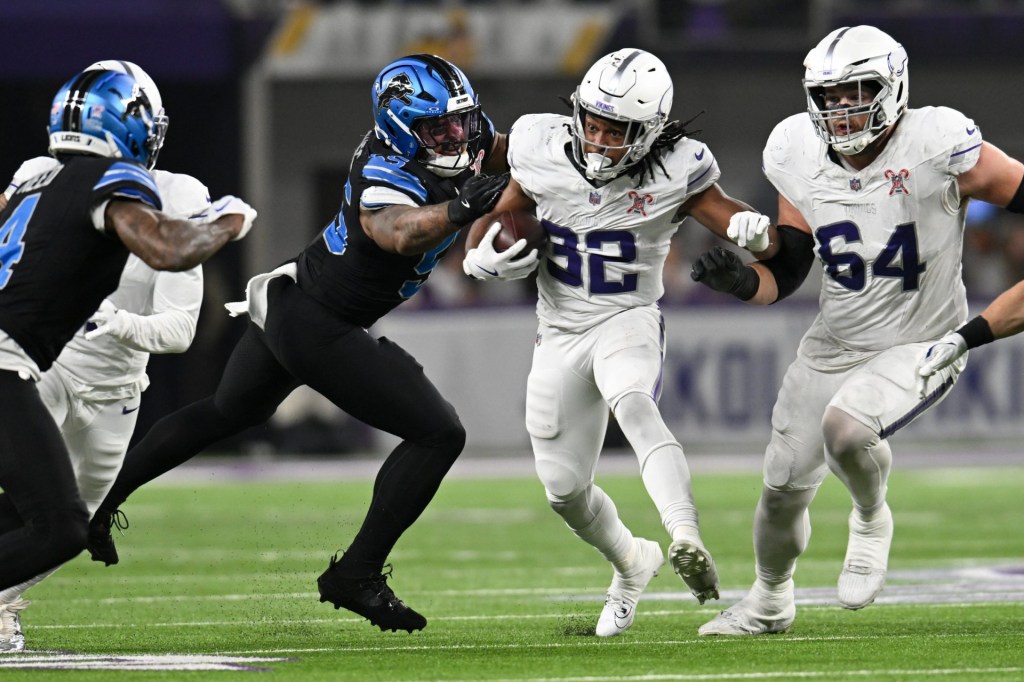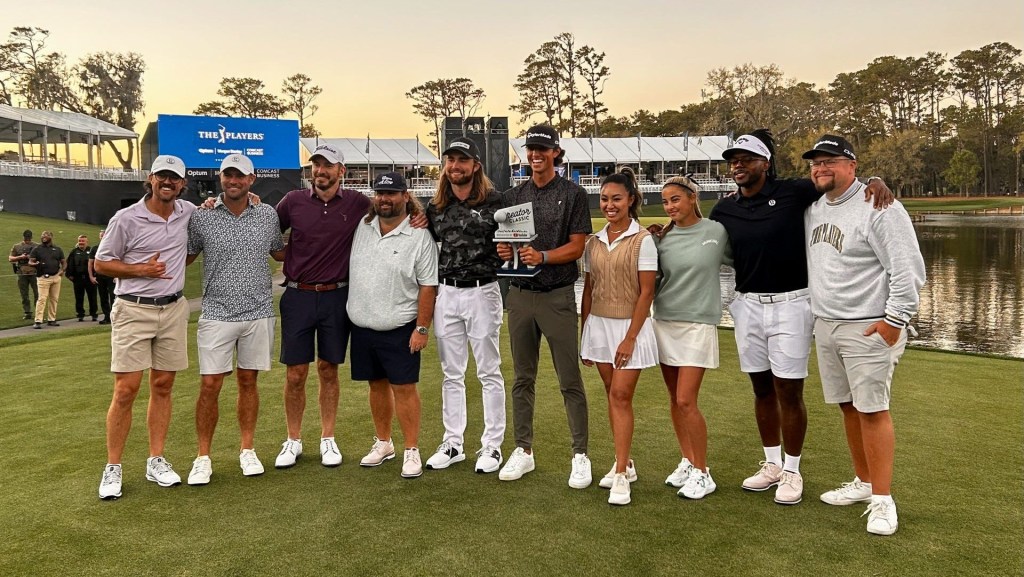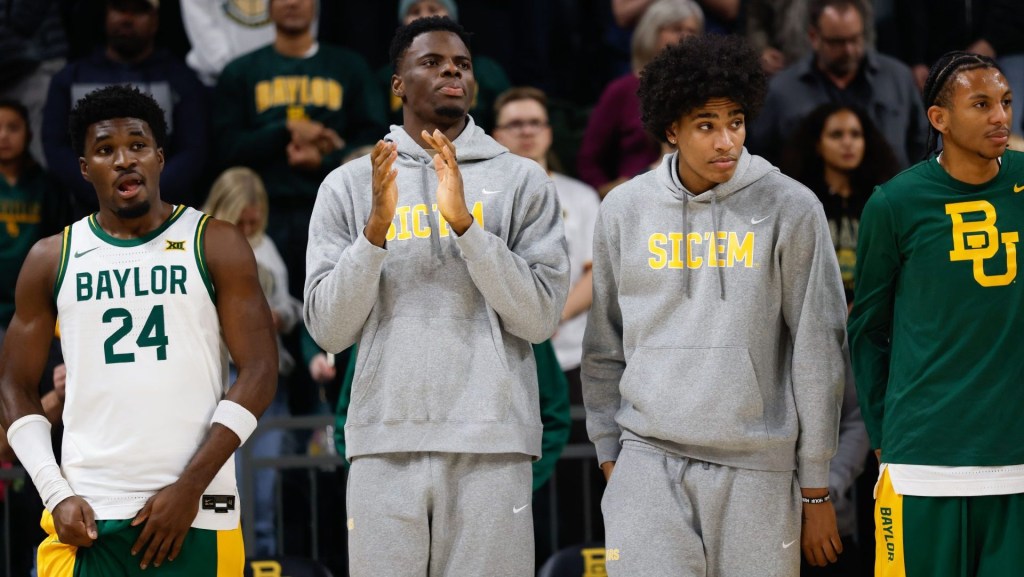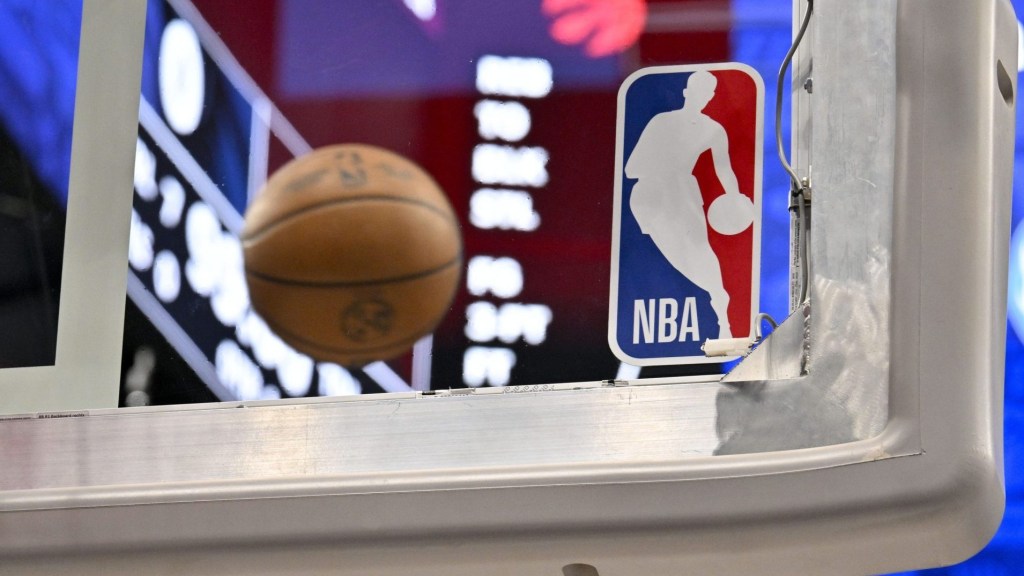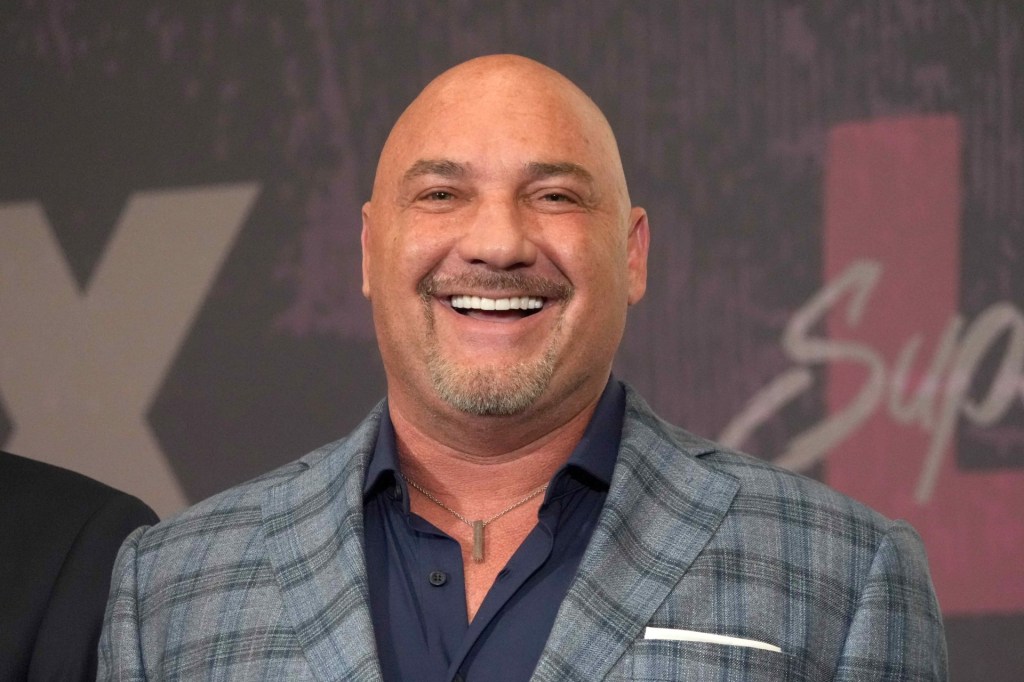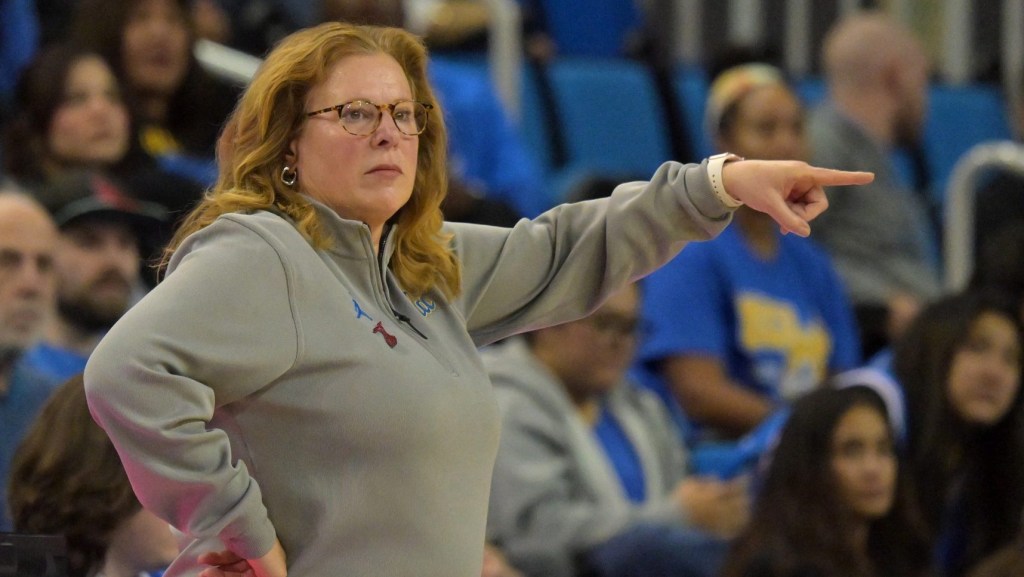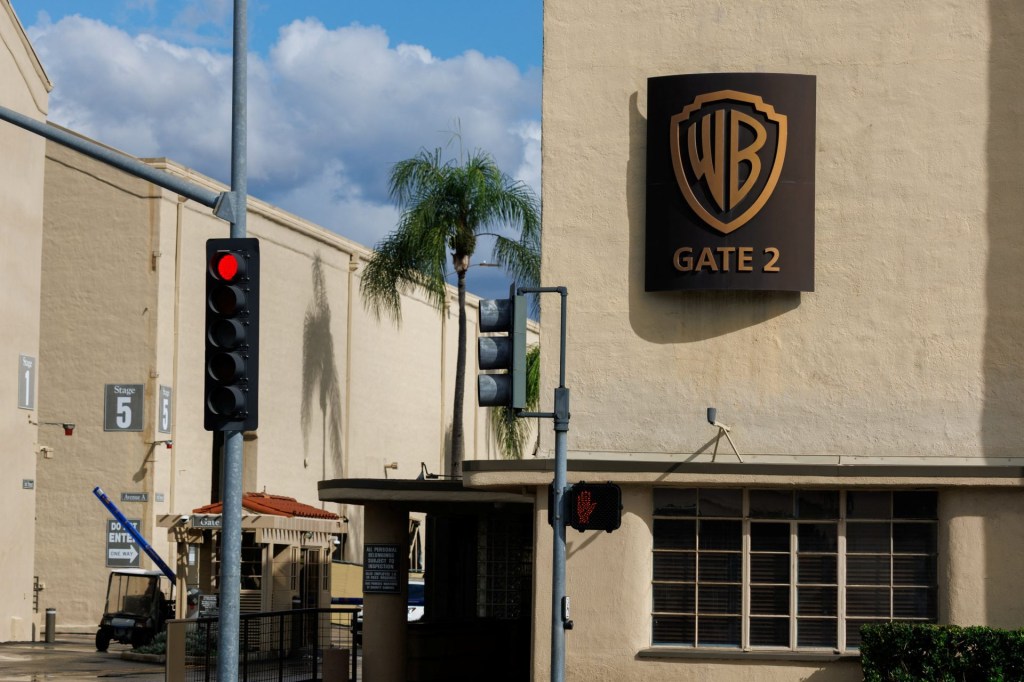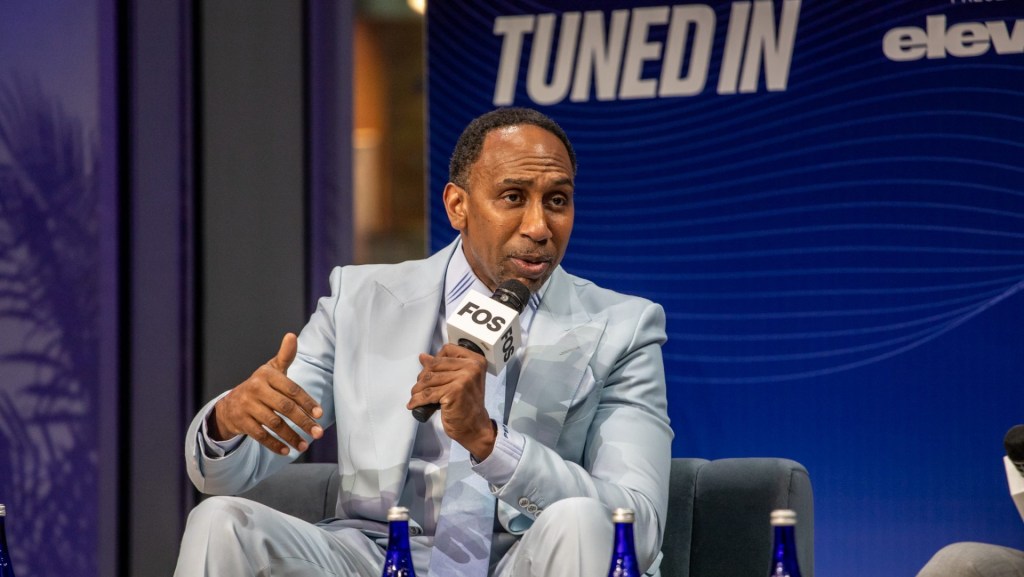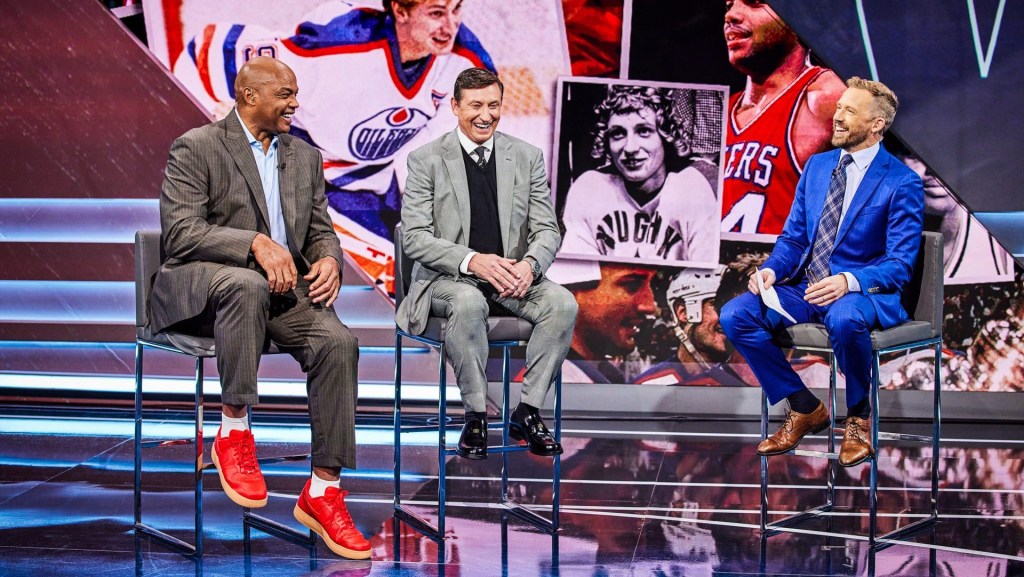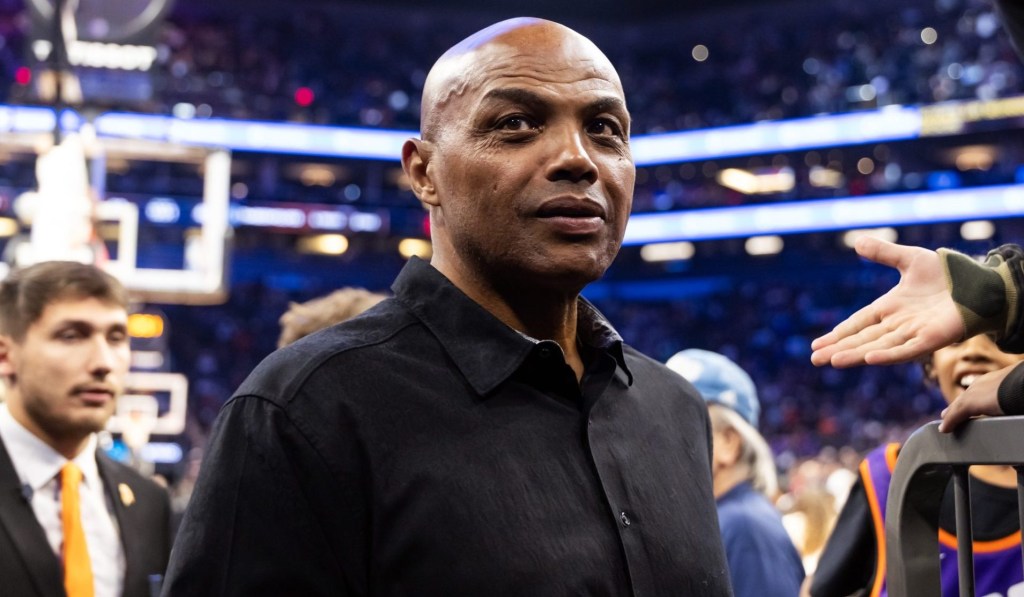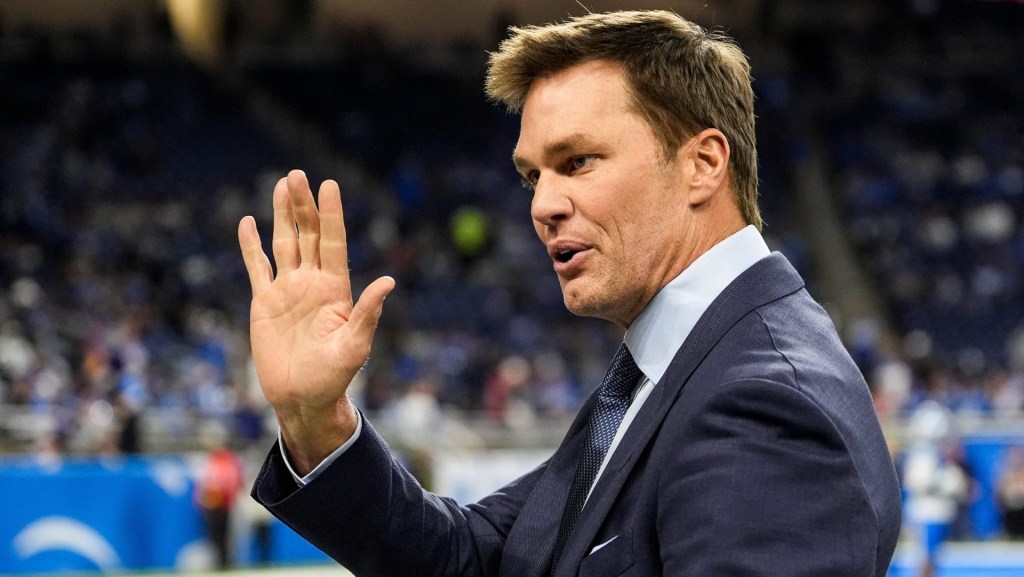Most of the time, when someone works in sports, they are either in the office or on the road. Working remotely or at home was almost always impossible for two reasons: the industry’s round-the-clock nature and its unwillingness to take those options seriously.
Now more than ever, industry workers worldwide have been mainly continuing their work duties from home – but this is not everyone’s first foray into remote working.
At one time, Mark Fine had worked for the Harlem Globetrotters as their vice president of live event marketing. In this role, he helped execute all aspects of the marketing, advertising, and public relations and sales campaigns in North America.
While other sports properties had everyone working in one central location, Fine managed a group of individuals who worked remotely across the country. Despite the geographical barriers, Fine’s department set gross sales records in major arenas and markets ranging from Madison Square Garden in New York City to the-then Oracle Arena in Oakland.
Now at BSE Global, where he serves as vice president of team marketing, Fine has prioritized staying engaged and connected with the organization. His entire marketing department meets twice a week virtually through Zoom, where workers are averaging anywhere from three to four zoom meetings a day to discuss company-wide announcements and any ongoing projects. Fine personally connects with his direct reports several times a week and all other members of his team every few weeks.
Since mid-March Fine – like other parents – has had to handle working from home with his children. He and his co-workers who are in the same boat have encouraged them to work with flexibility and never hesitate to ask for assistance on projects. It has also made him operate with a more heightened sense of compassion and empathy across his multi-versed department.
Overall, Fine believes that he and his team have been more effective and efficient when communicating with one another. While the situation is less than ideal, he credits the coronavirus pandemic for building a sense of camaraderie for his department – because wherever they are, they are all experiencing the same thing together.
“The group that I manage is comprised of intelligent and savvy individuals who have been great not only at ideating and executing their projects, but engaging with their respective teams,” he said. “This experience has helped us all adapt and learn how to become more effective communicators, making us all more well-rounded leaders, and I believe we are going to come out of this experience as a better group overall.”
Like Fine, Matt Gardner, the St. Louis Blues’ vice president of digital media and emerging technology, has learned to adjust his leadership style in this time of crisis. Outside of the daily Slack chats or Microsoft Team meetings that he has with his team, working from home has opened the door for other conversations beyond work.
“Leading with compassion is certainly at the forefront for all of us now,” he said. “Our colleagues and friends, their families and loved ones are being impacted differently, whether it is their health being placed at risk, or the financial impact by the country being locked down. We need to make sure our colleagues are doing well, physically, emotionally, and mentally. I’ve loved touchpoints with my team where there’s no agenda other than just asking how they are doing and spending a few minutes talking about whatever topic comes up.”
The Cleveland Cavaliers are another NBA team that has had an easier time adjusting to remote work than others. From a digital and social media standpoint, the club has always had work-from-home capabilities based on everyday responsibilities like game schedules, breaking news cycles, and other pop culture trends, according to vice president of digital Brandon Jirousek.
READ MORE: Sports Leaders Learn To Run Companies Remotely
Since they started working from home, Jirousek and his team have had to overcome the biggest challenge of all: internet access. With the larger-than-normal file sizes that they share daily, it has put a strain on the bandwidth of each individual’s home-internet connection – without even factoring into the other people they are sharing it with.
With an emphasis on increased communication across numerous groups within the Cavaliers’ organization, Jirousek has seen countless successful content releases while at home.
Cleveland’s “At Home” series was an eight-week schedule of basketball drills, healthy recipes, and other activities for its fans to try at home. It was created in conjunction with its youth sports, basketball operations, game entertainment, and partnership team.
The collaboration also culminated in the release of a new feature with the Cavaliers’ mobile app – The Shot Clock Challenge driven by Kia. With help from app provider Yinzcam, the Cavaliers were one of 16 NBA teams to create the virtual pop-a-shot game.
Although the past several weeks and months have not altered Jirousek’s views on working remotely, it has reminded him of one important word.
“This process has reminded me about the importance of patience,” he said. “Everyone is going through different circumstances on the home front, and it’s important to be mindful of that as we look for ways to remain productive and push ideas forward.”
Although the Houston Rockets have proven that games are not their primary source of content, not having them still makes life much more challenging, said director of digital content strategy Steven Goldfried.
“That built-in drama with the storylines of games, individual players, and the whole season is gone, so we’ve had to get creative with our content and put forth new features and new ideas,” he said. “It’s pretty fun to try different things that we might not have had time for during the season, but we all miss basketball.”
Even without basketball, Goldfried says that the Rockets have been able to curate meaningful content not only for their supporters but also for partners. The team’s trainer series began as an organic idea; now, it is sponsored by Gatorade. It is one example of how the Rockets have been able to monetize during this challenging period, Goldfried said. Outside of the Gatorade involvement, the Rockets have added multiple partners to roughly 15 of their regular-hiatus features, including community events and initiatives.
While remote work is not a stranger to Goldfried and his colleagues, he does want this pause to show what can be done outside of the office.
“Our digital group is somewhat used to working from home, at least to some extent. Road games come to mind as a great example,” he said. “We’re looking at this in some ways as a use case for how effective we can be as individuals and a group working remotely. We have a good group of hard-working and creative people, and we all trust each other to get the job done individually and collectively.”
In recent years, the Chicago Bulls have become more than just a basketball team. Their investments in digital and social media have given way to Benny The Bull and the creation of Bulls Archive, the team’s first vertical account. The Bulls’ latest pop-culture moment came in the form of “The Last Dance” documentary series – which was handled significantly on Slack, director of content Luka Dukich said.
Not even the coronavirus pandemic could stunt the execution and rollout of The Last Dance. On social media, the 10-episode series was the number-one trending topic on Twitter for five straight Sundays. It also created more social conversation on a per-episode basis than any TV series this year.
Even with “The Last Dance,” it was difficult for the Bulls to manage away from the office.
“The biggest thing you lose when you’re working from home is not being able to be physically in the same room to build on ideas and brainstorms,” Dukich said. “We’ve done a good job of doing this via text and video chats, but you lose the ability to build off each other and the natural energy of being in the same room. We’ve done a good job of continuing collaboration, given the circumstances, but that’s something you miss.”
READ MORE: Work From Home Finding A Role In The Sports Business World
Given the road-heavy nature of the NBA season, Dukich admits that he and his team rarely had a “step-back-and-talk-big-picture” conversation. One person would be on the road with Bulls staff, others were tied up in meetings, while some would be onsite at content shoots.
The NBA’s pause has forced Dukich and his department to have those more significant, more impactful talks. It has also solidified the belief that no matter where they are, all that is needed to do their job is internet access.
“Our team has always been relatively flexible about letting folks work from home if it made sense for their schedule – but it’s cemented that we can still be productive while working from home, we can still collaborate and still be a team,” he said. “The other groups in our organization were quick to adapt to Slack [and Microsoft] Teams and work with us efficiently as well. They haven’t turned the Internet off yet, so we’re still able to do a lot of the same things that we could do from the office.”
More than two months after most American workers were forced to work from home, the percentage of employees who have never worked remotely has dropped from 70% to 52%, according to research firm Gartner. As of May 26, the number of employees who either work remotely sometimes or always has risen to 29% and 19%, respectively, which means that nearly half of employees nationwide currently work from home.
Some are weary that remote work post-coronavirus could fundamentally impact the sports industry’s emphasis on relationships and face-to-face communication. But Patrick Rishe, director of the sports business program at Washington University in St. Louis, said direct contact can still be done over the phone.
“I think that this experience has opened people’s eyes in terms of some cost-cutting measures in the past,” he said. “With virtual conference meetings, being able to utilize Zoom and other resources out there, that does help to still create the face to face interaction, but doing it in a more cost-effective way, especially when the people that you’re trying to do business with happened to be located in other parts of the state or the country or the world for that matter. This has opened people’s eyes that maybe there’s a way we could still get business done and maybe do it a little more efficiently.”
If work from home in sports has a future in a post-coronavirus society, people will have to learn to adjust accordingly. According to NordVPN, a personal virtual private network service provider, analysis of server activity on its network found that the average working day in the U.S. has increased by three hours since mid-March.
At Minor League Baseball, director of marketing and business strategy Cory Bernstine thinks that the need to disconnect from work has been especially prioritized in recent weeks. Despite a sharpened focus on work-life balance, MiLB has seen significant rises in its social media presence.
At one point, MiLB’s video views were up nearly 8,000% and 700% on Facebook and Instagram, respectively. The league’s 2020 #MiLBAtHomeOpener initiative generated more than four million impressions, a 333% rise in total engagement compared to Opening Day 2019, and a 27% increase in total engagements during that same stretch.
To Bernstine, MiLB’s faith in its at-home employees has helped its creative teams produce the results it has seen – wherever they may be.
“The old adage of some folks thinking that remote working isn’t viable or productive has completely been thrown away and is now – in my opinion – antiquated,” he said.

